|
Our next story comes from Daniel Cuellar, former 8th grade math teacher at Washington Academic Middle School (WAMS) and current curriculum support provider at WAMS. He dove headfirst into applying the UDL guidelines to his teaching practices last year and has some wisdom he learned along the way. Check it out! UDL helped break down the biggest barrier that can ever exist in a math class, the barrier of anxiety. In my experience as a middle school math teacher, starting in Central Unified, and then moving here to Sanger Unified, I have never been shy to try something new, something better. Not for my sake, but for the sake of our students. After experimenting with the UDL framework, I quickly learned what was a good jumping off point for me as a teacher that is new to UDL. At first, I was frustrated at the lack of progress from my students. As teachers we are trained to make data informed decisions, and as my data did not drastically change, my hopes for UDL began to slip. Focusing on only the data was the biggest mistake I made when trying UDL. I was so focused on looking at scores and assessments, that I forgot to look at the most important component of my teaching, the students. The implementation of the engagement checkpoints from the UDL guidelines helped break down the barrier of anxiety for my students. From the UDL framework, I created a collaborative culture within my classroom by adding more whiteboards on the wall to allow for students to work together standing up."After teaching with the UDL framework, I would never go back to the old way of teaching." I created a safe place for my students by bringing out all my supplies to create a supply table where students can access any tool they feel they need at any time throughout the class period. I changed my tone of speaking with my students to make it clear that it is ok to make mistakes while we practice to get better. Because I was neck deep in looking at data and numbers, I missed the fact that all of my students had immersed themselves within the culture UDL helped me create. Students that did not try before, now were trying. Students that were afraid to be wrong, were brave to work to be right. Students felt they had a place to be safe, empowered, and valued for their insight. I had to trust that the data and progress will come, and it did. The progress started with my students with failing grades. For those students where a D was unimaginable they began actually to meeting or even exceeding that mark, all because they started engaging with the content. After teaching with the UDL framework, I would never go back to the old way of teaching.
0 Comments
Our next story comes from 3rd grade teacher, Martha Sanchez. She has been experimenting with Universal Design for Learning for several years now. Her and her team have worked tirelessly at Centerville to connect the guidelines with providing environmental options for within classrooms. Martha understands how to implement UDL across instructional contexts and how to use her UDL design lens in some pretty fantastic ways. She also capitalizes on flexible classroom strategies as they impact student academic progress within standards. Here is her story! One of the ways that I have implemented UDL, is by always thinking about the barriers to whatever concept I am teaching. Then I start to think about the concrete to symbolic spectrum and start planning my lesson(s). I have used checkpoint 1.1 to display information on my anchor charts and other materials in a flexible format, such as size/font of text, good quality images, etc. I have used checkpoint 1.2-3 to offer different representation of concepts such as realia, images, video, and music. I also have found success in using checkpoint 3.3 to provide multiple entry points to a lesson, such as images and short films to teach some reading strategies and skills. I have also found much success in checkpoint 5.2 by providing tools such as text-to-speech (Seesaw), sentence starters, story webs, math manipulatives when needed. This has helped my students become more confident in their communication of their learning. Another checkpoint I have used is 6.3 by providing students with checklist, such as what to do when they are done, what our answers to word problems need to have, what their short responses in ELA need to have, and our classroom’s non-negotiables, that was created together. I also try my best to provide a safe and supportive classroom environment on a daily basis, checkpoint 7.3. I think that when students feel safe, especially safe to make mistakes, they gain a better interest in their learning. I can go on and on about how much UDL has impacted my teaching and my classroom. At this point I am still learning more and more about UDL. I am excited to be on this journey because it has had such a positive impact on my students. Multiplication practice with different games and freedom to work on their own or with a partner.
Our first story comes from Elison Baird, 10 grade World Literature Teacher at Sanger High School. Elison and the rest for her World Literature crew were in our first year of UDL pilot teams. This team specializes in making challenging content clear, exciting and accessible for their students by giving options for how students can take in a story and being explicit with all the relevant themes students love that show up in historical literature. Here is her story! 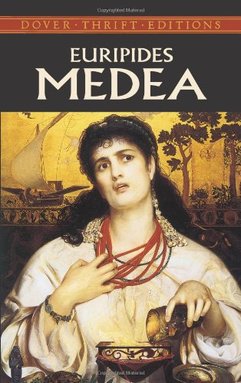 "How can I make an ancient Greek text interesting to sophomores?" Answer: UDL Engagement Guideline 7.1 Optimize individual choice and autonomy. There are three ways I use choice and autonomy to recruit student interest in a seemingly irrelevant text. First, I examine the standards and goals that are most important in relation to the text, in this case, Euripides’ Medea, written in 431 B.C. Once, I’ve selected the most salient goals, I create contexts and experiences for students to discover their learning. Typically, I create stations where students can choose how they will interact with the content. Next, I challenge students by asking them to demonstrate their developing understanding of the content in an authentic and relevant way. Here, I invite students to make connections to their own experiences, other texts, and the world around them. We use essential questions to ensure our learning is rooted back into the core text. This is a great place for me to catch students who may start to lose interest by providing new access points; I may bring in videos, pop culture references, or modern examples. Finally, I translate my goals/standards into a comprehensive rubric that outlines my high expectations and leaves room for student creativity. Students use the rubric to demonstrate their mastery of the content. Although students have the choice to demonstrate their learning in a way that sustains their interest, the rubric holds them accountable to the goals and standards I initially outlined. Here, students let their creativity and autonomy thrive; I don’t have to hear, “This is boring,” or “Why am I doing this?” at every turn. Students produce higher quality work and the goals and expectations have not been compromised. Before I know it, students and I have worked together to make an ancient text meaningful and relevant. -Elison  So we are starting something new on our UDL blog! For the next few installments rather then hear from a DIS team member we will be gathering stories from actual teachers within the district. These amazing UDL practitioners will be highlighting ways they have put Universal Design for Learning into practice in their lessons. They will highlight the highs and lows of implementation, specifically sharing the lessons teachers have learned in their journey to full UDL implementation. So sit back, relax and enjoy these amazing stories from the field! PS. If you have a story you'd like to share related to your UDL implementation please email us! |
Sanger UnifiedArchives
January 2019
Categories
Podcast Archives
|
Pictures are Worth 1000 Words
|
Sanger unified school district |
Curriculum & Instruction department |

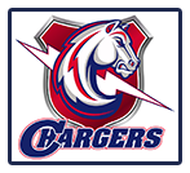
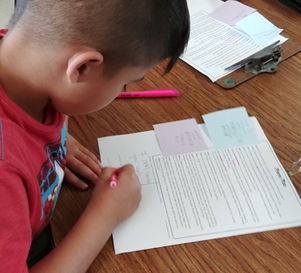
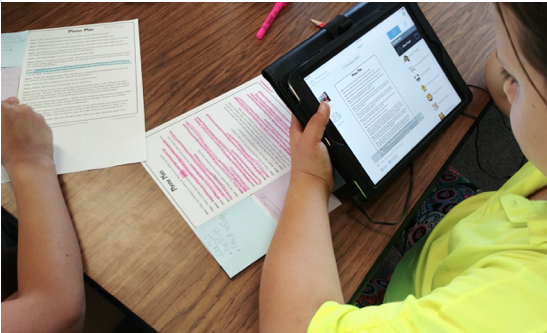
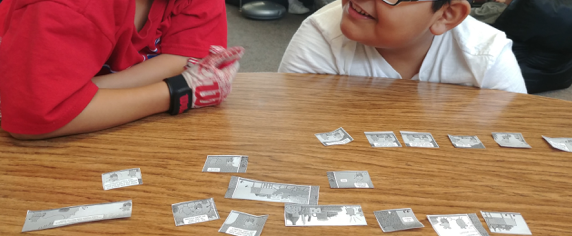
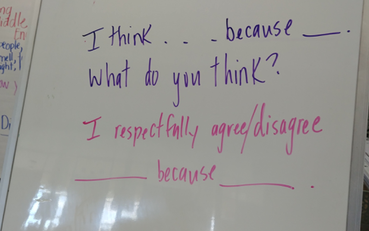
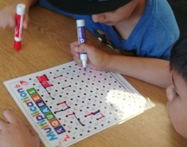
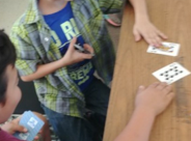

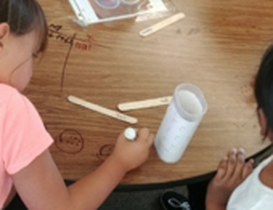
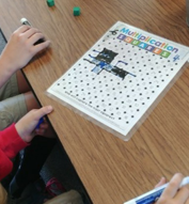
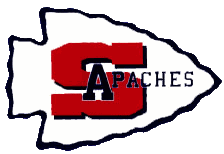


 RSS Feed
RSS Feed